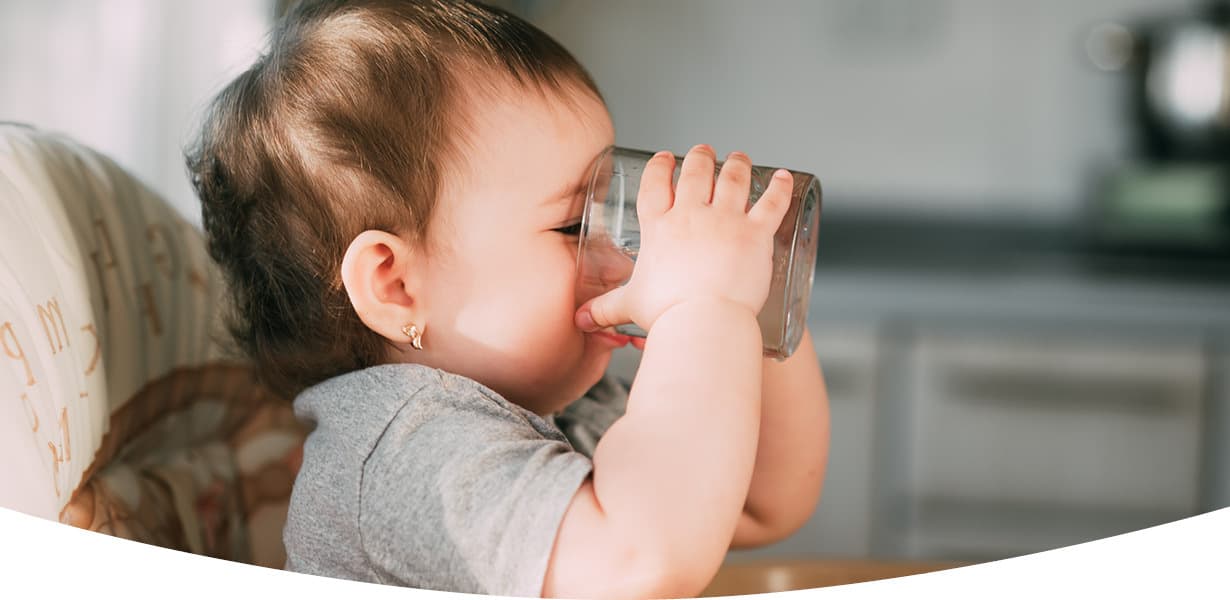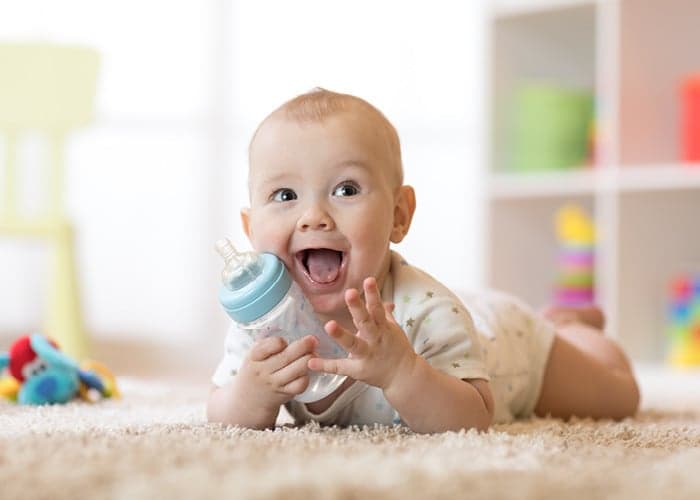
The big question of summer: what and how much should the baby drink?
This year, summer arrived unusually early, and in the intense heat, mothers are certainly concerned. How much should the baby drink, what should they give the little one to drink, and generally, when should they start giving baby water, tea, or fruit juice? Now, I will answer these crucial questions to ensure that babies and mothers avoid dehydration.
The baby is thirsty, or the clear signs of water deficiency
Babies' bodies need much more support than older children's, so it's especially important to ensure adequate fluid intake.
As long as the baby is breastfeeding, there's not much to do; it's enough to put the baby to the breast when they signal. Don't worry! It's quite possible that the usual number of feedings will increase significantly, yet the baby will consume much less milk (or formula) at each feeding. In such cases, don't be alarmed; everything is fine, the baby is simply not hungry but thirsty!
Later, after one year of age, it's primarily worth paying attention to the contents of the diaper and potty. If the little one urinates infrequently or their urine is dark and has a strong odor, dehydration might be suspected. In such cases, offer water more frequently and set an example yourself! If the baby has a fever, vomiting-diarrhea symptoms, or is sick, pay extra attention to their hydration!
How often should the baby drink?
There is no clear recipe for how often children should drink, but we can encourage fluid consumption by always having accessible, healthy fluids within their reach.
Every one to two hours, during meals, and after using the restroom, always give the little one a glass of water! When we drink ourselves, encourage them to drink too! This way, we can increase the intake and achieve the daily necessary fluid intake, which is around 0.8-1 liters of water for 7-11 months old, and between 1.1 and 1.3 liters for 1 to 3 years old.

Yes or No: What Should the Baby Drink?
Before starting solid foods, a baby only needs breast milk or formula. Later, after one year of age, a daily glass (200 ml) of milk or the same amount of natural fruit juice without added sugar can be included alongside a minimum of 1 liter of water.
Older children might be eager to consume syrups, shakes, or smoothies, but if possible, prevent them from doing so! Young children's bodies do not need flavor enhancers, sugar, carbon dioxide, or other additives!
If the baby is not particularly enthusiastic about drinking water, trick them by placing some frozen fruits or lemon slices in the pitcher; this trick usually works well.
Sippy Cups, Bottles, and Other Practical Tools for Baby Drinking
Charming accessories and cups can also encourage babies to drink more, so choose a well-sealed, easy-to-clean, spill-proof design!
Be conscious of our ecological footprint and the child's safety! Choose a version made from quality materials, BPA-free, from a verified manufacturing source, with parts that can be replaced individually as they wear out!
Of course, it's also fine if we give the child a traditional cup instead of plastic or silicone versions, just make sure it's a relatively thick, heavier piece to start learning to drink independently.
Drink enough every day, and in hot weather, pay extra attention to the safety of your baby and family members!

